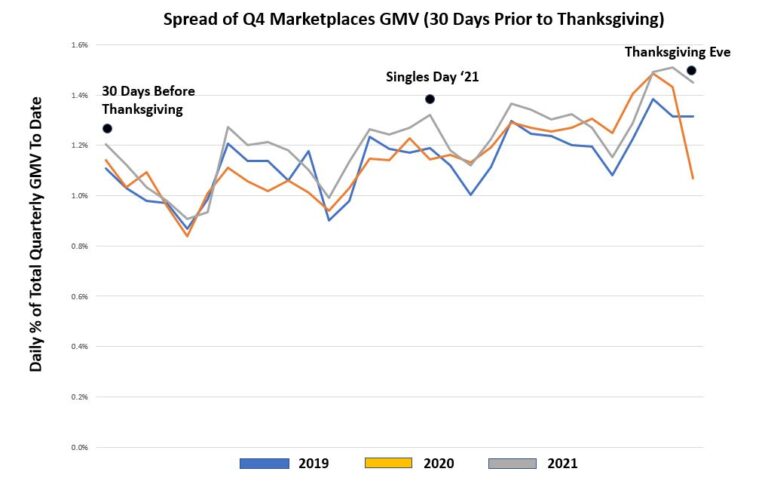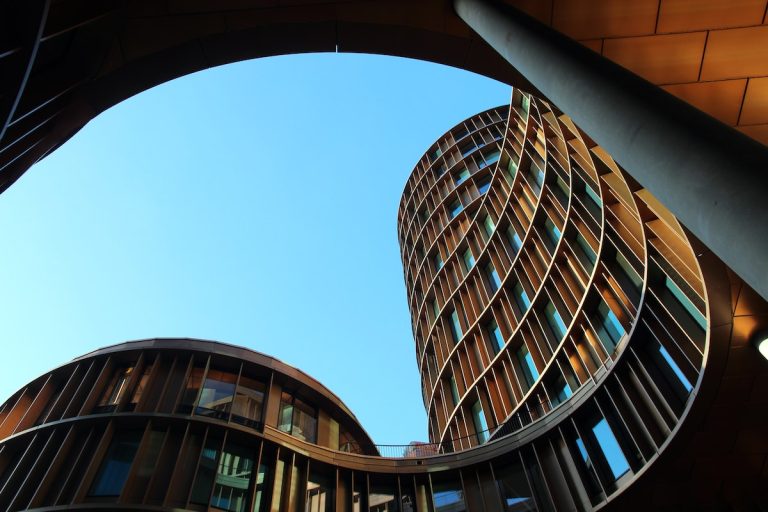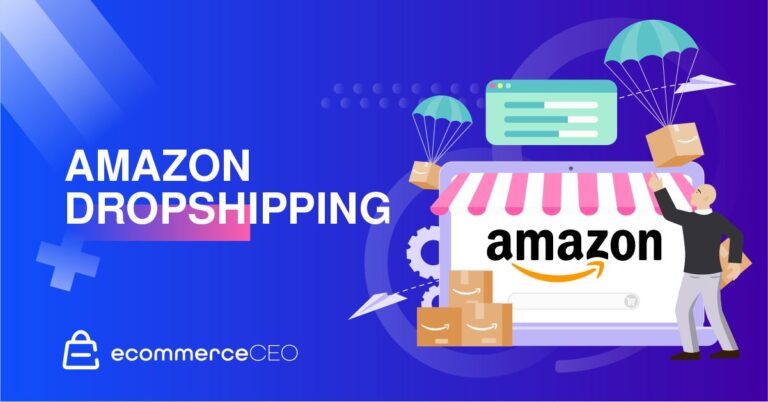
- Posted on
- • February 19, 2019

Here’s a riddle…what has four walls, a website, and is wildly profitable despite the ongoing retail apocalypse?
A successful bricks-and-clicks retailer!
The difference between a brick-and-click and pure online business model is the existence of a physical, brick-and-mortar store. This model, sometimes called “click-and-mortar”, has become increasingly popular over the last few years. Many brick-and-mortar retailers have found great success in eCommerce and a fair number of digitally native brands are breaking into the physical world.
A successful bricks-and-clicks retailer uses their online and offline stores in tandem, with each supporting the other in a single retail strategy. Here’s how they make it work:
1. Buy Online, Pick Up in Store
Online shopping can be convenient and exciting, but it often fails to satisfy a customer’s desire for instant gratification. While visiting a store fills this need, it usually comes with the hassle and inconvenience of physically searching for products and standing in lines. With online ordering and in-store pickup, customers don’t have to choose between convenience and instant gratification. Retail giants like Target have begun using this advantage of the bricks-and-clicks model to great success, leveraging their real-world presence to compete with Amazon.
2. Augmented In-Store Browsing
Customers who have become accustomed to the selection offered by online shopping can find the limitations of brick-and-mortar stores disappointing. Retailers with limited physical space can expand their selection by supplementing the in-store experience with tablets, scannable QR codes, or even self-service kiosks connected to their online store.
3. Inventory Consistency
If upsetting customers was an Olympic sport, inventory inconsistency would be a regular Michael Phelps. No one wants to waste a trip to the store for a sold-out product that the website says is in stock. To prevent overselling and customer dissatisfaction, bricks-and-clicks retailers need to keep their inventory synced, up-to-date, and consistent across all stores, online and off.

4. A Flexible Return and Exchange Policy
Bricks-and-clicks models have a huge advantage over both pure eCommerce and brick-and-mortar stores when it comes to handling customer returns. When items purchased in a physical store can be returned online and vice versa, customers have the freedom to choose the most convenient option. This means happy customers and happy customers mean positive reviews, endorsements, and return purchases.
5. Stunning Showrooms
For many customers, one of the most compelling aspects of brick-and-mortar shopping is the ability to thoroughly examine and become familiar with products prior to making a purchase. To engage these customers online, retailers should recreate this experience on their site with digital showrooms and detailed product views.
6. In-Store Discounts
Convenience and cost are often named as one of the primary reasons consumers choose online shopping vs in store shopping. Click-and-mortar retailers looking to drive more business to their physical locations can use cost-centric thinking to their advantage. A recent survey has found that consumers expect lower prices and discounts on in-store purchases. Those surveyed reported that promotions, coupons, and lower prices are among the top factors that compel them to patronize brick-and-mortar stores as opposed to online ones.
Ready to start dominating click-and-mortar retail? Check out our whitepaper, The Resilient Retailer’s Survival Guide.






